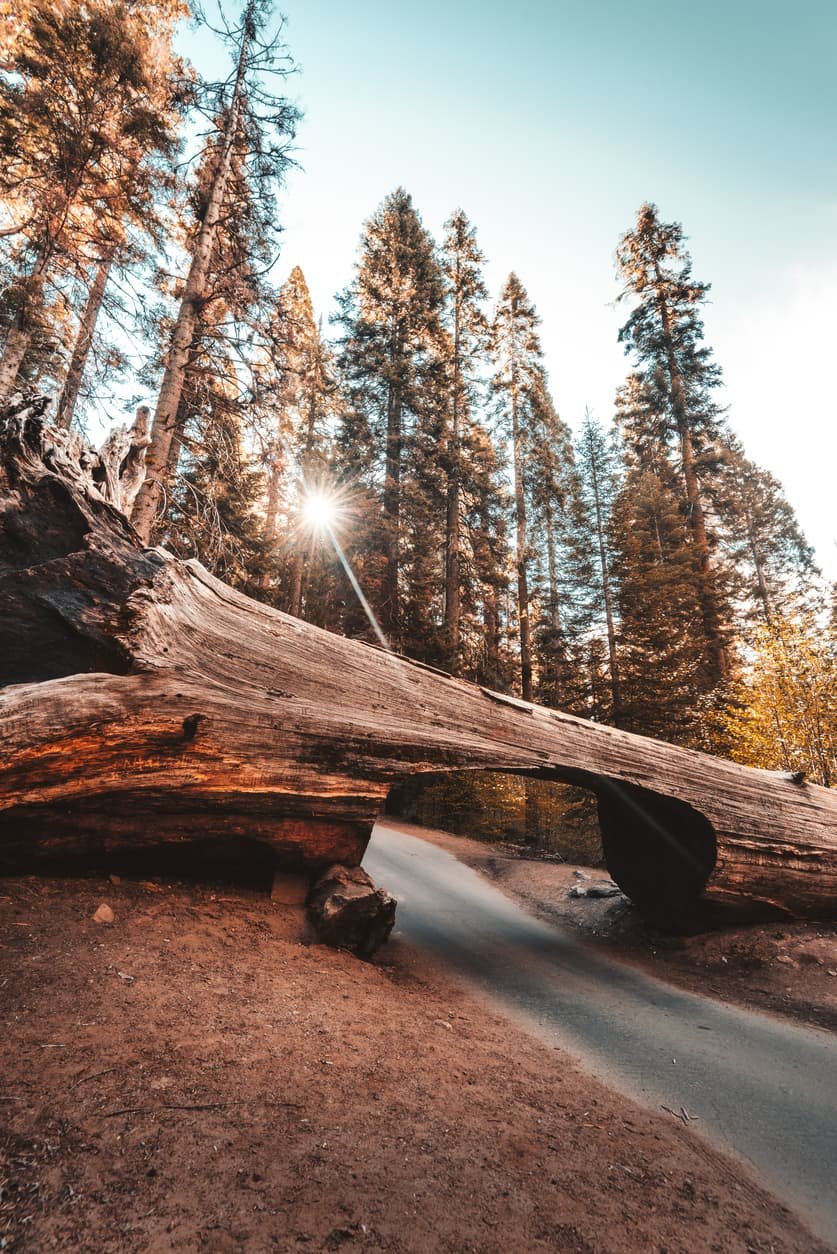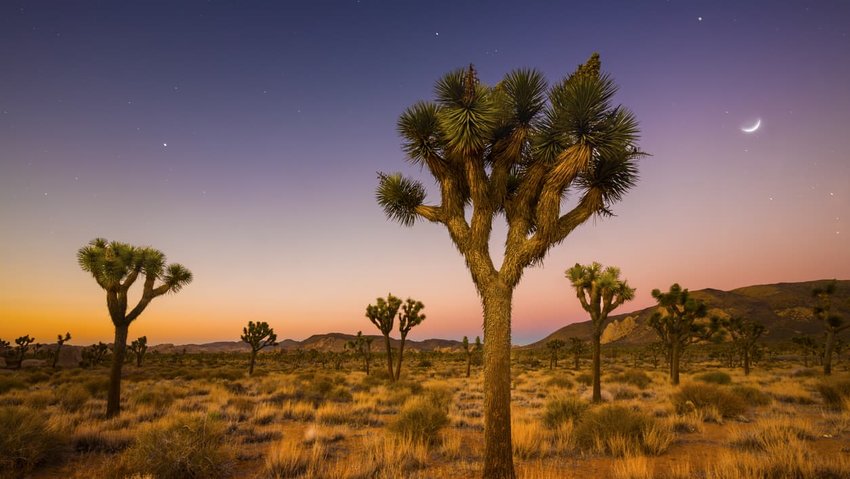1. Namibia is home to the Namib Desert, one of the oldest deserts in the world, estimated to be between 55 million and 80 million years old.
2. The country gained independence from South Africa on March 21, 1990, making it one of the last African countries to gain independence.
4. The Fish River Canyon, located in the south of Namibia, is the second-largest canyon in the world after the Grand Canyon.
5. Namibia is the first country in the world to include the protection of the environment and wildlife conservation into its constitution.
6. The capital and largest city of Namibia is Windhoek, situated in the country's central highlands.
7. The Skeleton Coast, stretching from the Swakopmund to the Angolan border, is named for the whale and seal bones that once littered the shore, as well as the shipwrecks caused by the treacherous offshore rocks and fog.
8. The Himba, an indigenous group of semi-nomadic herders, are known for their unique culture and the red ochre and fat mixture (otjize) that they apply to their skin and hair.
9. Namibia is one of only two countries in the world (the other being Mongolia) that has desert-adapted elephants, which have evolved behaviors to survive in the arid environment.
10. The country has a high level of biodiversity and is home to a wide variety of wildlife, including the largest free-roaming population of black rhinos.
11. Namibia's Etosha National Park is one of Africa's major wildlife sanctuaries, famous for its salt pan so large it can be seen from space.
12. The Quiver Tree Forest near Keetmanshoop consists of about 250 specimens of Aloe dichotoma, a type of aloe that is endemic to the southern African region.
13. German is widely spoken in Namibia due to its past as a German colony (German South West Africa) from 1884 until the end of World War I.
14. The Twyfelfontein area, a UNESCO World Heritage site, contains one of the largest concentrations of rock engravings in Africa, with some of the carvings dating back to 6,000 years.
15. The Tropic of Capricorn crosses through Namibia, making it one of the countries situated on this imaginary line that marks the southern boundary of the tropics.
16. Namibia was the first African country to export beef to the United States, meeting the strict quality standards required for the American market.
17. The Namibian dollar (NAD) is pegged 1:1 to the South African rand (ZAR), and both currencies are legal tender in Namibia.
18. Walvis Bay, located on the coast, is one of the few deep-water harbors on the African continent and serves as a vital point for maritime trade.
19. The Brandberg Mountain, Namibia's highest peak, contains the famous "White Lady" rock painting, believed to be around 2,000 years old.
20. The Spitzkoppe, sometimes referred to as the "Matterhorn of Namibia," is a group of bald granite peaks or inselbergs located in the Namib Desert.
























